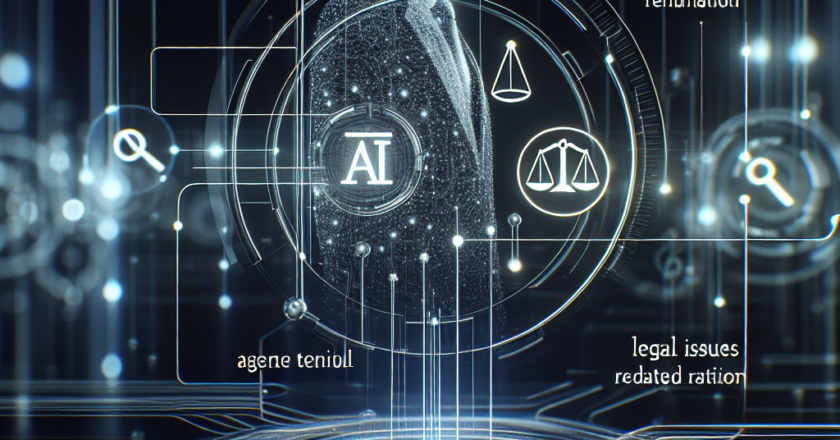Scale AI Research Introduces J2 Attackers: Enhancing Language Model Safety
# Summary of "Scale AI Research Introduces J2 Attackers"
### Main Ideas:
- Large language models (LLMs) have revolutionized technology interactions but face challenges in preventing harmful content generation.
- Scale AI Research introduces J2 Attackers, aiming to make LLMs effective red teamers by leveraging human expertise.
- Techniques like refusal training aim to help models reject risky requests.
- Despite safeguards, there are concerns about bypassing limitations and generating harmful content.
## Author's Take:
Transforming language models into red teamers presents both opportunities and risks in the realm of AI research. Scale AI's initiative with J2 Attackers highlights the ongoing efforts to enhance model safety and efficacy, underscoring the delicate balance required for navig...










